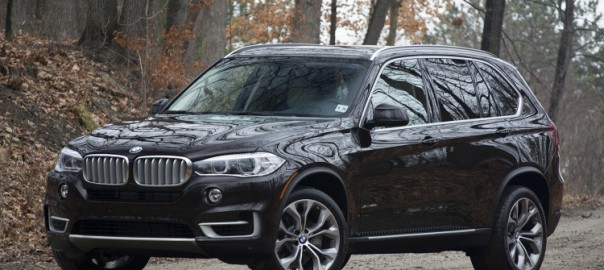BMW is no stranger to electrification. The company put the world on notice with the launch of its innovative i sub-brand. But the lessons learned from the i3 and i8 aren’t limited to these small-volume cars. The more mainstream X5 xDrive40e impresses with lessons learned from i, all without compromising the SUV’s character.

The combination of a 2.0-liter, turbocharged four-cylinder engine with an electric motor is good for 308 overall horsepower and 302 pound-feet of torque. Sure, 240 hp and 260 lb-ft come from the four-cylinder engine alone, but the electric motor – integrated within the ZF eight-speed automatic transmission’s housing – chips in a maximum of 111 hp and 184 lb-ft of torque. The 9.2-kilowatt-hour lithium-ion battery can sock away enough electricity to drive up to 14 miles on a single charge and will recharge at your average 110-volt socket in about seven hours.
Of course, the battery pack and electric motor are a big weight penalty. At 5,220 pounds, the xDrive40e is 430 pounds heavier than the standard xDrive35i. Still, the gas-electric powertrain hustles this husky X5 40e to 60 miles per hour in just 6.5 seconds, less than half a second slower than the 35i. The stopwatch figures are complemented by the best fuel economy of any gas-powered X5, at 56 miles per gallon equivalent and 24 mpg combined. Only the diesel X5 xDrive35d is more efficient, at 27 mpg. But achieving top fuel economy in the 40e isn’t as simple as going easy on the throttle. Perhaps more than any vehicle we’ve tested recently, understanding how all the X5’s systems work together is crucial to eking out the most mpgs.
Read more: Autoblog
